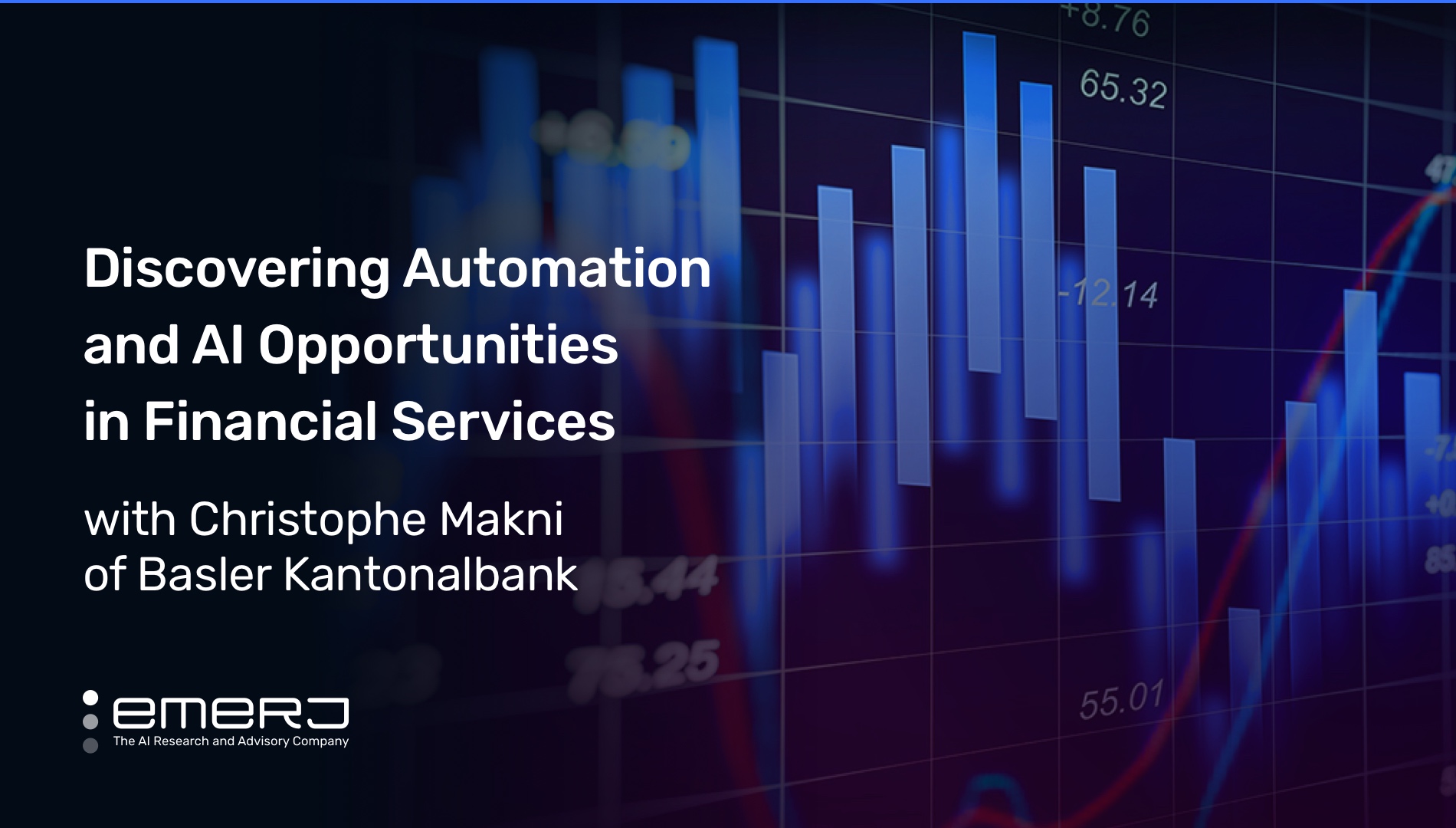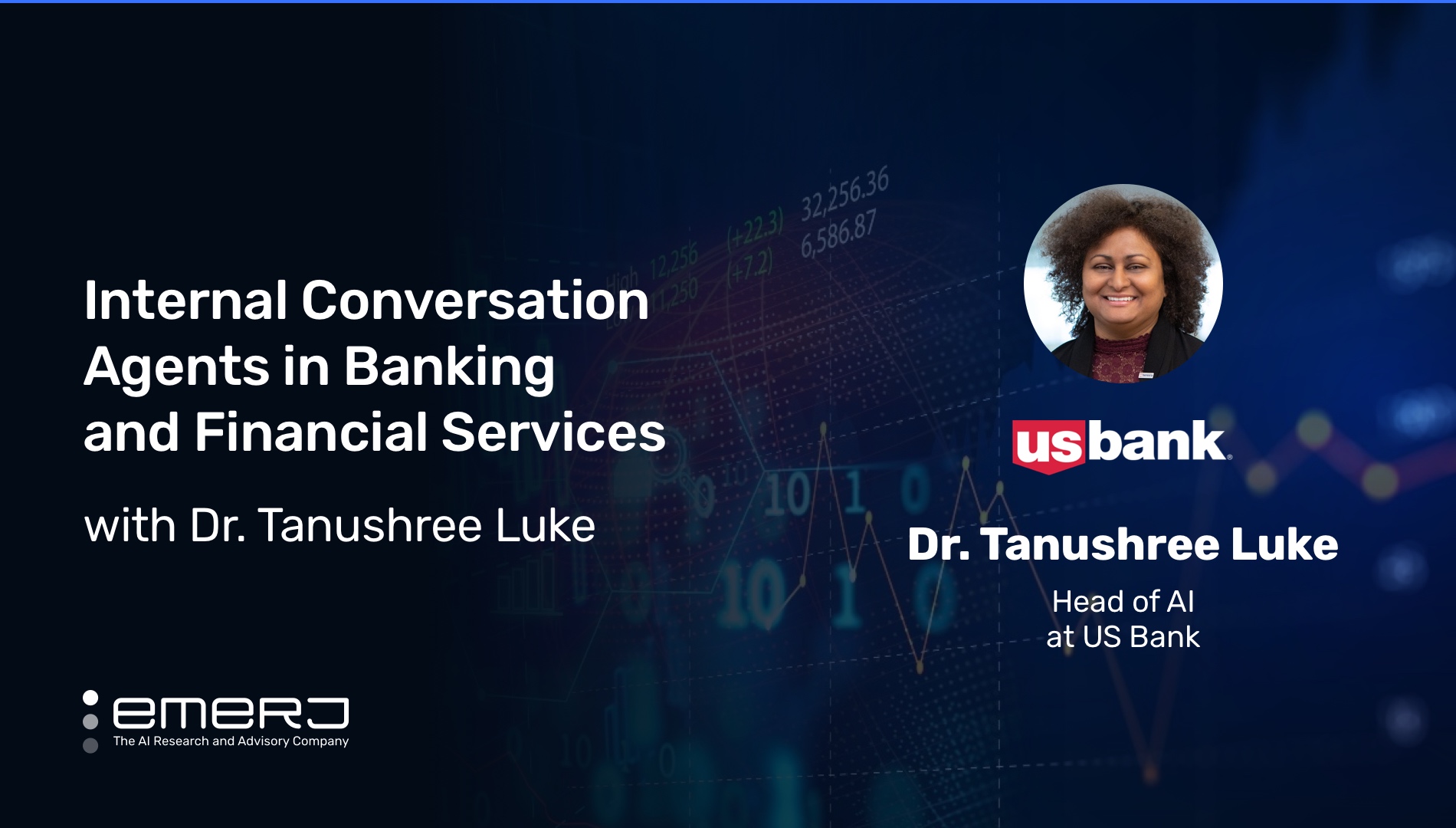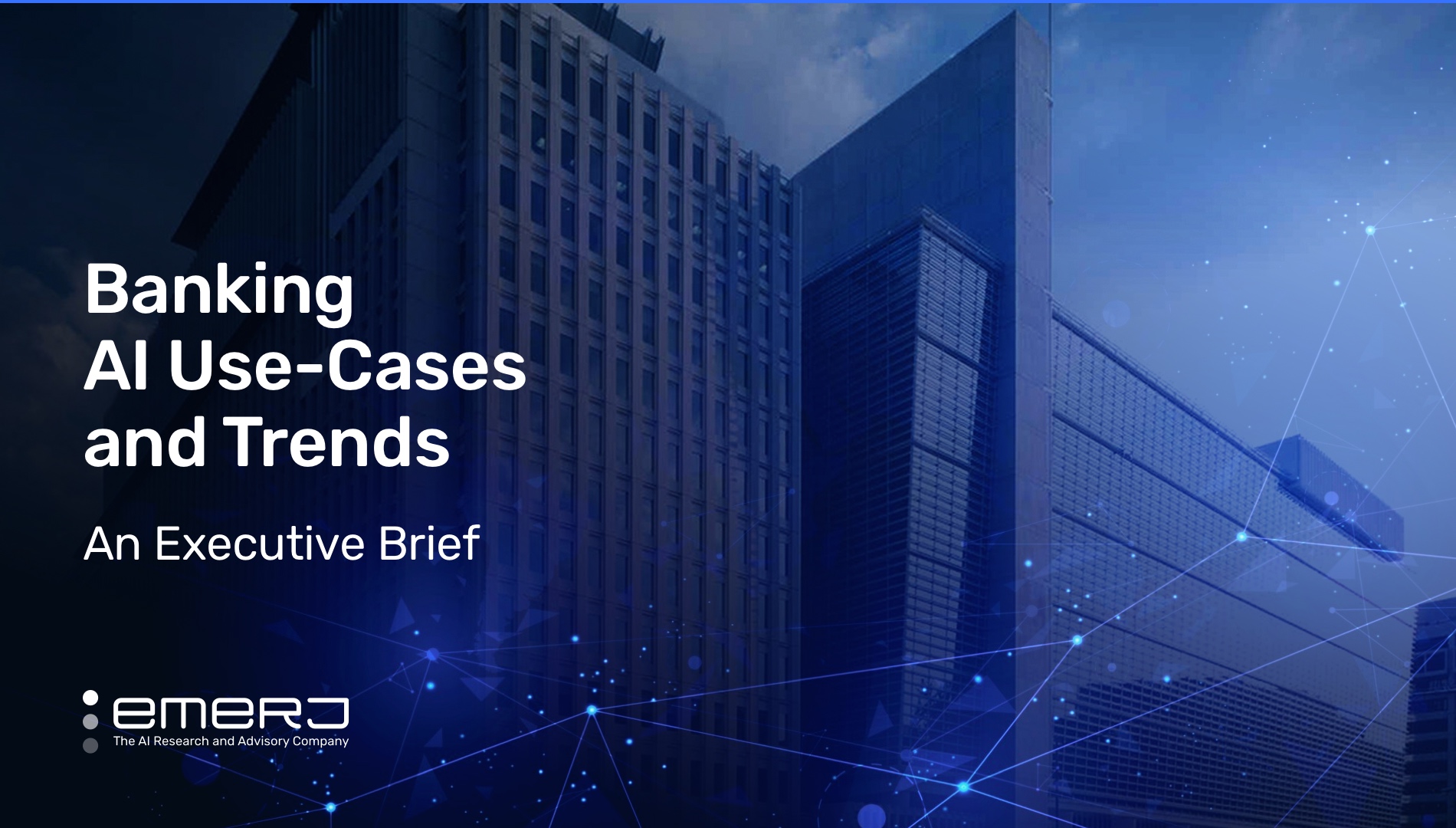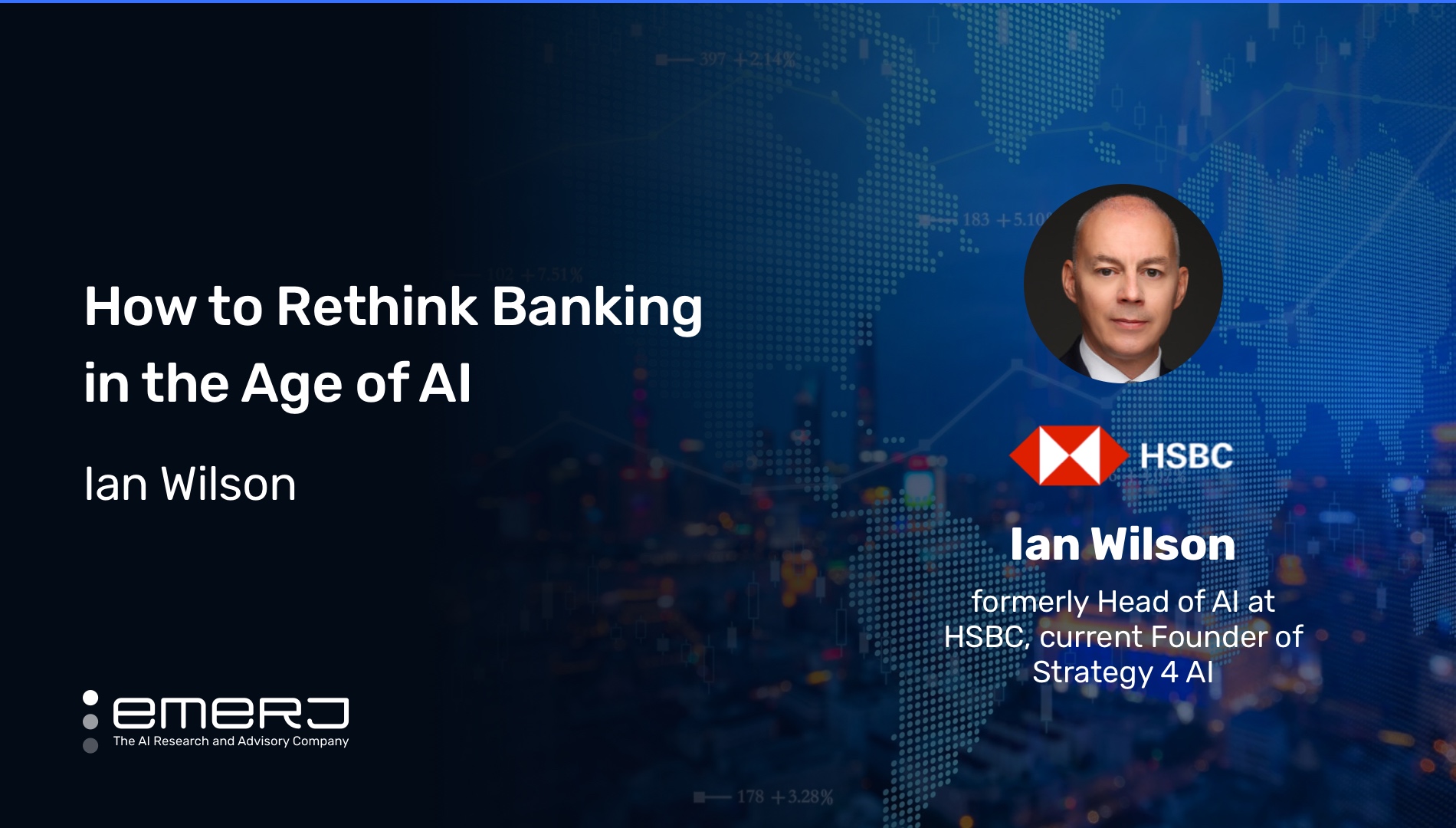Accelerating Lending and Underwriting – 3 AI Use Cases
The era of humans serving as sole agents for lending and underwriting is no more. Machine learning and AI are now more ubiquitous within financial institutions and insurance companies, thanks in no small part to the automation of lending and underwriting processes.
The reason for the transition being, at its core, lending and underwriting is a big data problem. While big data is the most valuable asset for lenders, machine learning can do the work of sifting through, organizing, analyzing, and modeling vast amounts of actionable data. And do so much faster and much more accurately than humans.
One potential benefit of AI is that it can expedite the lending and underwriting process. Consider commercial lending: KPMG estimates that underwriting teams spend 75-80 percent of the time on manual processes relating to due diligence and documentation or consider consumer lending. According to a report by McKinsey, automation can consolidate more than 20 key decisions across workflows in the lending cycle.
Mortgage lending is also a good candidate for automation. Mortgage loan paperwork consists of hundreds of pages and dozens of different forms and processing loan paperwork remains a largely manual process, which tends to be inefficient and prone to human error.
Onward from lead sourcing to ongoing sales and servicing, lending as a discipline across commercial transactions and mortgages is ripe for automation.
AI and machine learning technologies such as computer vision, natural language processing (NLP), and deep learning can automate or assist in most of the processes mentioned above, reducing cost overhead and increasing loan profitability.
There exist many uses for AI and machine learning in lending and underwriting tasks. Current use cases currently accelerating the lending and underwriting process, including document automation, consist of the following:
- Accumulate, analyze, and model consumer data
- Accumulate, analyze, and model credit data
- Assess creditworthiness (often using dozens or hundreds of data points)
- Classify and separate loan documents
- Detect anomalous application data
- Predict loan default
- Scan and extract document data
Accumulating and analyzing vast data stores is a specialty of machine learning and one that we focus on in our three use cases.
There are many potential benefits to using AI in lending and underwriting. These include:
- Expedite loan processing
- Improve employee productivity and streamline workflows
- Increase loan profitability and reduce costs
- Reduce or eliminate data falsification/fraud
- Reduce or eliminate repetitive tasks and errors
In this article, we will examine three use cases that accelerate lending and underwriting:
- Document fraud detection: A large regional bank uses machine learning and NLP to detect file tampering and speed up the lending and underwriting process.
- Automated claims processing: A large insurance company uses machine learning algorithms in a process mining platform to detect inefficiencies to expedite automation workflows and insurance payouts.
- Automated credit and risk evaluation: Canada’s largest credit union uses machine learning, analytics, and NLP to automate the underwriting and credit check processes, resulting in much faster loan distribution.
We will begin by taking a closer look at how AI capabilities can improve file tampering detection and decrease the time spent on lending and underwriting processes.
Use Case #1: Document Fraud Detection
Ocrolus is a New York-based company that provides a document automation platform that caters to the financial services industry. According to the company’s LinkedIn profile, they also assist with automating credit decisions across the industry. Some of the company’s clients include Paypal, SoFi, and Plaid.
The company claims to specialize in document classification, data analytics, fintech, and data validation.
Ocrolus offers a solution called Detect, which they claim can help lenders and underwriters by automating document fraud detection using machine learning and NLP. Ocrolus claims to have trained its fraud detection algorithms on more than 100 million pages of documents from thousands of financial institutions.
Users log into a dashboard where they are prompted to upload files. Data categories on this page include:
- Book (customer file)
- Status
- Pages Verified
- Detect Signals (see below for descriptions),
- Owner
- Created At
- Date Created
- Actions
After creating a book on the customer, the user is prompted to upload files. Compatible form types include:
- Bank statements
- Paystubs
- W2s and other tax forms
- Drivers license/ID card
After file uploading, the algorithms analyze the documents and allow users to view the following data outputs in the form of a JSON or CSV:
- Financial Analysis: A table of financial data, including balance beginning, balance ending, average daily balance, average transaction size, days of negative balance, and max deposit; Displays a corresponding line graph above the table data.
- File origin signals: Identifies where a document originated, permitting lends to evaluate if it is an authentic document.
- File tampering signals: Provides information about how a document has been modified since its creation. Such data may uncover instances of incomplete transaction data, incomplete statement period data, synthetic identities, hidden loan stacking, invalid amounts or balance padding, and photoshopped data (see screenshot below).
- File tampering visualizations: Visuals of file tampering data, if any. Lenders may also review the original and tampered documents side-by-side.
Below is a short 1-minute, 26-second video demonstrating the Ocrolus Detect product:
The following Ocrolus partnered with Cross River Bank (CRB) to assist the company in automating its legacy systems to process applications for and distribute PPP funding efficiently.
According to Cross River Senior Vice President of Public Affairs Phil Goldfeder, the biggest challenge was integrating its own technology with automated systems. Ocrolus assisted in this effort by creating a customized automated application with built-in fraud detection that could accept applications and automate the underwriting process.
In the case study [pdf] published on its website, CRB’s Technology Chief of Staff explained the outcome of the solution:
“Fraud detection and the combination of technologies helped us accelerate legacy processes. We were able to take 50% of the documentation processes normally done by humans and completely automate them, enabling us to invest our human capital very effectively.”
The case study also states that Ocrolus Detect helped the bank achieve its goal of automating the application and underwriting process within 8 days.
Use Case #2: Automated Claims Processing
UiPath is a New York-based software company that provides RPA solutions across industries. According to the company’s LinkedIn profile, they offer an end-to-end automation platform that combines RPA with AI, process mining and cloud functionality. Some of the company’s past clients include Xerox, Spotify, and Uber.
Tryg is a Scandinavian general (i.e., non-life) insurance company with offices in Denmark, Finland, Norway, and Sweden. The company approached UiPath for a solution capable of expediting claims processing and enhancing the customer experience.
According to the case study, Tryg’s workflows were rife with processes that were automatable with RPA. A UiPath product, Process Mining, was instrumental in streamlining Tryg’s end-to-end RPA transformation, according to the latter’s head of AI.
UiPath promotional materials state that Process Mining enables organizations to discover, automate and monitor complex, end-to-end business processes using analytics and machine learning algorithms. Interaction takes place via a dashboard, which displays a bevy of process data, as we will explain momentarily.
UiPath includes in its product documentation that Process Mining inputs data using pre-built connectors that link with client data (e.g., enterprise resource planning [ERP] data) available in corporate information systems.
In the product brochure [pdf], the company states that the platform can connect to over 60 “common processes and systems,” including SAP, Oracle and Salesforce.” The user can then execute system-prompted filters to clean the data.
Following data input, UiPath algorithms perform various calculations on the process and generate a workflow visualization (see screenshots and video below) and process/efficiency data.
The output comes in the form of a dashboard (see screenshots) the left-hand side menu of which displays the following data:
- Overview: Provides a global overview of the data for the analyst; is the central monitoring dashboard for the manager, who keeps track of process properties using KPIs and tags.
- Process: Location for analyzing the model
- Timing: Provides a graphical representation of the process; gives insight into the process elements’ overall throughput and processing times.
- Conformance: Contains information to help determine whether the process complies with specified standards or requirements.
- Users: Analysis of staff workflows; analysis of activities performed against related cases; analysis of user interaction.
- Details: Contains attribute details of all cases, due dates, events, and detailed information related to individual cases.
Below is a short video of under 2 minutes advertising UiPath’s Process Mining value proposition:
Next is a longer video (approximately 7 minutes) demonstrating the Process Mining solution in more detail in the context of a use case.
According to the case study, UiPath Process Mining software helped Tryg:
- Speed automation development by 40%
- Reduce new bot development time from 15 weeks to 14 days
Use Case #3: Credit and Risk Evaluation
Judi.ai is a Canadian software company that produces lending and underwriting platforms for financial institutions. The company offers a small business lending analytics platform that it claims can:
- Help credit unions and community banks process more loan applications
- Approve more loans, reduce loan decision time
- Maximize loan profitability using machine learning algorithms, analytics, and natural language processing (NLP).
Machine learning and NLP are primarily used to transform banking transactions into structured cash flow data, according to the company’s product page.
Judi’s target clients are credit unions and community banks. Vancity (formally, Vancouver City Savings Credit Union) is the largest credit union in Canada, with over 60 branches and 560,000 members.
According to the case study [pdf] from Judi, before implementing its solution, Vancity relied on a stagnant credit bureau reporting and financial spreading process. The former relied on legacy systems, which resulted in a slower lending process. The latter required small business owners to search for multiple financial and personal documents, further delaying loan processing times.
The goals for Vancity in leveraging Judi’s solution were as follows:
- Improve the SMB loan experience
- Streamline the lending workflow
- Grow SMB loan revenue
Vancity envisioned an automated underwriting platform that could:
- Automate the majority of lending decision workflows.
- Quickly evaluate recent transaction history.
- Provide transparent insights into lending decision variables
The parties decided to implement an automated underwriting solution. Judi claims on the product’s website that its platform features “AI-driven credit risk modeling and machine learning underwriting to help lenders gain a more accurate picture of SMB creditworthiness.”
A feature of the software that Judi heavily advertises is its algorithm-driven cash flow analysis, which lenders choose to integrate into their loan approval or denial decision.
The model’s workflow is separated into three categories:
- Data gathering (input data): Data on the SMB loan applicant, including credit score, firmographics, and financial statements; a proprietary machine learning model categorizes financial statements; categorization engine identifies the source, purpose, and diagnostics of each bank statement transaction to extract risk indicators and anomalies (e.g., non-sufficient funds, deposits from prior loans).
- Data interpretation: Aggregation of cash flow data for statistical analysis; machine learning model predicts the probability of loan default using traditional credit scores and alternative cash flow data.
- Decisioning and Post-lending analysis (output data): Map visualization of cash flow variations over 12 months; visualization of operating costs over 12 months; visualization of existing loans or line of credit commitments
After the model is run, the end-user receives numerous data in the following categories via the Judi dashboard:
- Current loan status: application, underwriting, decision, contract
- Loan amount
- Risk profile: risk score, probability of default, DSCR (pre-COVID), DSCR (post-COVID)
- Monthly average operating cashflow (pre-COVID and post-COVID)
- Operating credits
- Operating debits
- Net operating cash flow
- Monthly average financing (credit payments)
- Existing payments
- New payments
- Total financing
- Risk scores
- Intelliscore
- Vantage Score
- IROS
Unfortunately, no short-length video demo for the software is currently available from Finovate or Judi. There is however, a 6-minute demo of the platform that appears to be given by Su Ning Strube, Chief Product officer at Judi (demo begins at ~2:59 and ends at ~9:02):
Corroborated with Vancity’s participation in the case study documentation, Judi can credibly assert that their solution achieved the following:
- SMB average loan application time decreased from over 4 hours to about 5 minutes.
- 330% increase in loans funded
- 526% increase in annualized gross margin and fees from lines of credit and term loans







